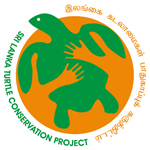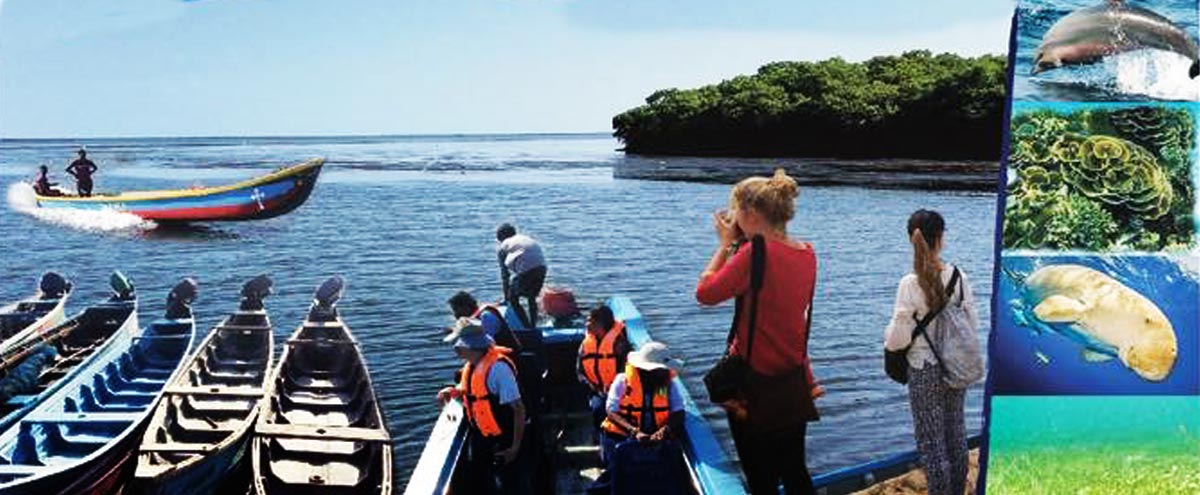
“Enhancing Wise Use of Marine and Coastal Habitats by Coastal Communities through Education and Incentives in Vidathaltivu, Mannar” The Project is primarily funded by the UNDP GEF-SGP Sri Lanka in addition The Columbus Zoo, Aquarium (USA) and the Sea Turtle Inc. (USA) provided Co-financing for the project which came to a completion in december,2021.
Vidathaltivu is a coastal village in north western Sri Lanka in the Mannar district which consists of a civil war affected, marginalized community. Located alongside the village Vidathaltivu Nature Reserve, a Marine Protected Area of 291 Square kilometers that contains extensive areas of Seagrass meadows, Mangrove forests and which include the Maldiva Bank coral island. The mangrove forest, lagoon, Indian Ocean and the coral reefs provide invaluable resources for the coastal community members in the Vidathaltivu village to depend on. However, due to unsustainable resource utilization patterns, most of these resources are now being overexploited by the community.
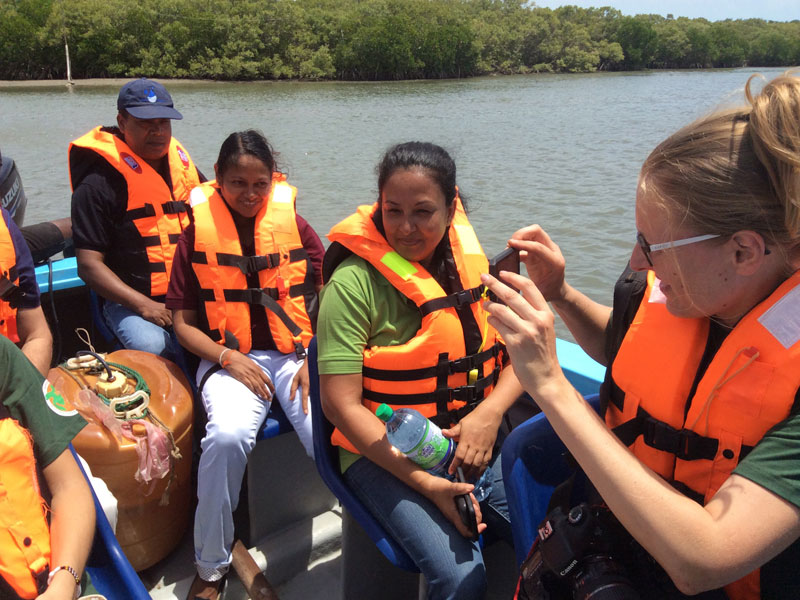
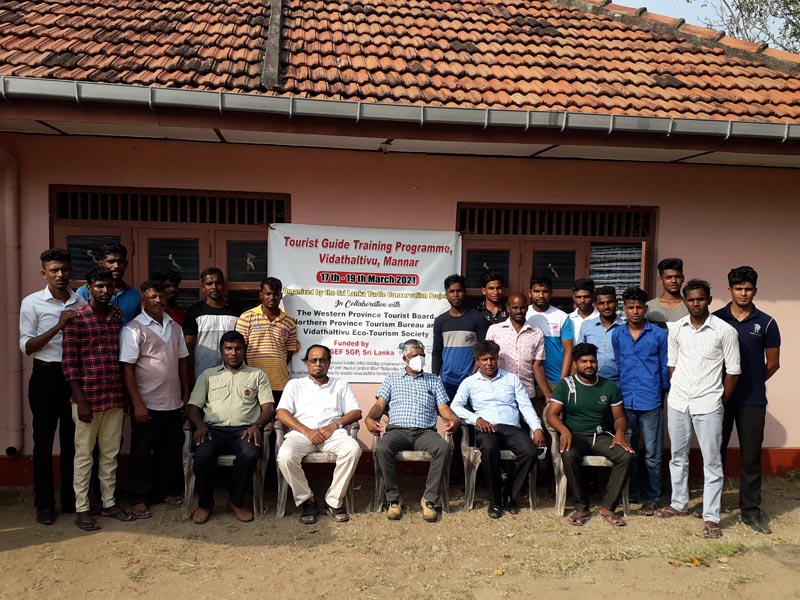
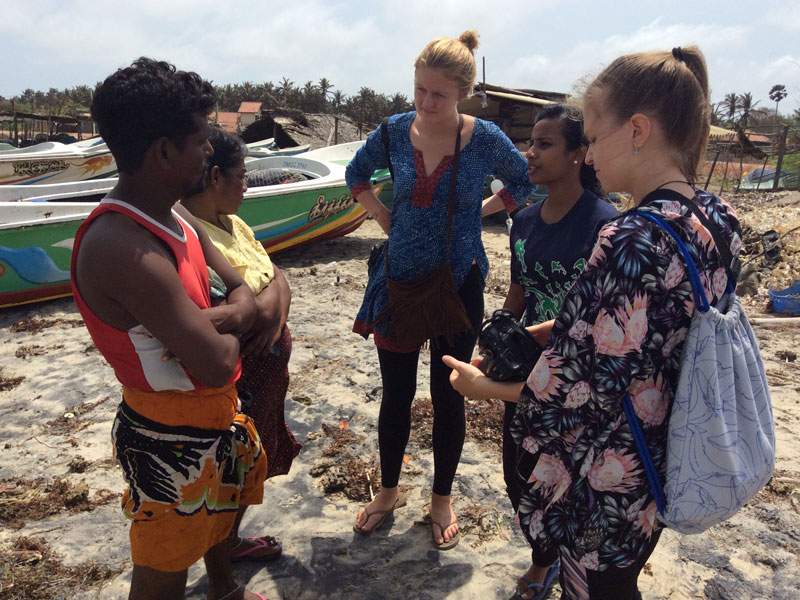
Dynamiting in the coral island is a common practice to catch the fish and leads to the death of the dugongs The marine mammal which is only found in this area of Sri Lanka. Cutting down mangroves for fuelwood and for poles for anchoring stakes nets on vast seagrass meadows. Increased use in gill net fishery and bottom trawling have increased the sea turtle and dugong mortality in the area. Bottom trawling totally destroys the seagrass meadows which are immensely important as carbon capture mechanism and providing breeding habitats of many a fish, shrimp and crab species and also provide feeding habitats for endangered green turtles and dugongs in securing the habitats Turtle Conservation Project conducted educational programs incorporating printed material in local language for the residents making them more aware.
Inadequate alternative livelihoods in Vidathaltivu are a social issue that leads the community into poverty and drives them to engage in illegal practices. In response to the issues in Vidathaltivu village, the Turtle Conservation Project implement a community-based project with two major components to alleviate poverty and to conserve the environment. Introduction of livelihoods will divert some fishing folk into alternative livelihoods and un-employed community members will have new livelihoods open up to them.
In Order to achieve our goals TCP collaborated with the Vidathaltivu Ecotourism Society (VETS) as a local project partner in training 18 youths as tourist guides and provide equipment such as furniture, binoculars, field- guides along with promotional posters and leaflets to VETS society operate as a collective. We designed and host a website for the same purpose.
To enhance alternative lively hoods training was given to 10 members of the village on sewing and provide them with a set of tools and a sawing machine at end of the training course. Ornamental fish breeding program conducted for 5 individuals at end of the training 10 fish breeding ponds were constructed at five locations each receiving two ponds.
